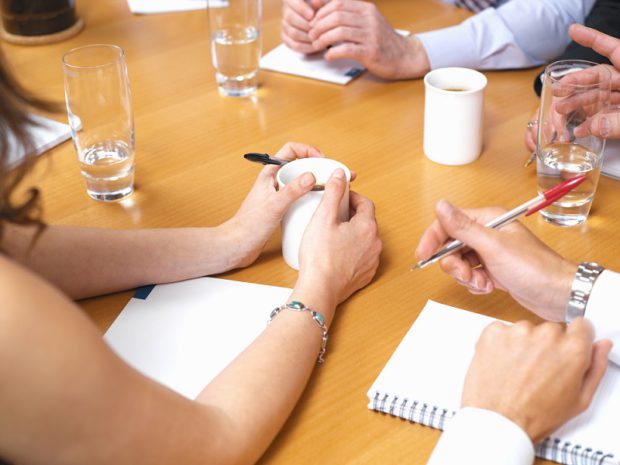5 ways to recall more information from meetings
It can be hard to remember everything from long and detailed meetings. These techniques and tips could help you recall the vital points…
While long and in-depth meetings can be a useful way to get a lot of information across to your staff in as minimal time as possible, they’re only effective if attendees manage to retain the information passed along to them.

Here are 5 techniques that can help you to retain information from meetings…
1. Know what you want to remember
The first step is to have a clear target for the meeting. This means going through the agenda and highlighting the areas you’re interested in.
This can help you to establish a framework for memory storage, as well as being good meeting preparation.
If the topic has been covered previously in meetings, review the notes from that meeting to see what was said. It’ll help you establish a timeline, which is a good technique for boosting your memory.
2. Teach what you’ve learned
This technique is taken from students but is equally useful in the business world. The simple theory is that you’re more likely to store information if you have to teach that information to someone else.
A study by Baylor University in Texas found that students that tell someone about a lecture shortly after the event recall the details better and for longer.
This doesn’t mean just reading back your notes to a colleague. You have to actively replay the information, as if you were hosting the meeting yourself.
This has a double benefit as it means you can pass on this information to someone who couldn’t attend the meeting in the first place.
3. Use visual reminders
From the same Baylor University research it was discovered that visual cues can help people to remember information. The research team found that even a simple glimpse of the title of a lecture or screenshot of the presentation jogged the memory.
This is why using images in your presentation is so important. Not only do they make presentations livelier, but these images – whether they are graphs, infographics or just a striking picture – can be used to help people remember the points of the meeting.
After the event, ask the host to email around the slides used so you can access the images.

4. Use the Cornell Method
Sometimes called the 2-6 method, this is a form of note taking used by students. It involves splitting your notepad into two sections – one 2 inches wide, the other 6 inches wide.
In the left hand, 2 inch column, you write key words or phrases, for example, ‘growth targets’. Then, in the 6 inch column you’d make longer notes about this topic.
This helps you to review your notes more efficiently, as you can jump to topics by scanning the left hand column.
5. Be active
If you need to remember a lot of information in a meeting, it’s tempting to sit there and just take notes the whole time. While this means you’ll take a lot of information down, it might mean you don’t easily recall it.
In fact, you’re more likely to recall the content of a meeting if you take less notes and are, instead, more active in the meeting.
This means asking questions and responding to other queries. It helps you to personalise the meeting, and makes your brain more active throughout, instead of falling into automatic note taking more.
Posted by Ashleigh Sharp
Share this post
Tags
- Career Development
- Celebrity Meetings
- Conferences
- Confidence
- Exhibitions
- Historic Meetings
- How to Interview Effectively
- Human Resources
- In The Press
- Meetings and Conferences
- Monarchy
- News
- Our Team
- Personal Development
- Personnel
- Presentation Techniques
- Teamwork
- Top Tips for Meetings
- Training & Workshops
- Video Conferences



